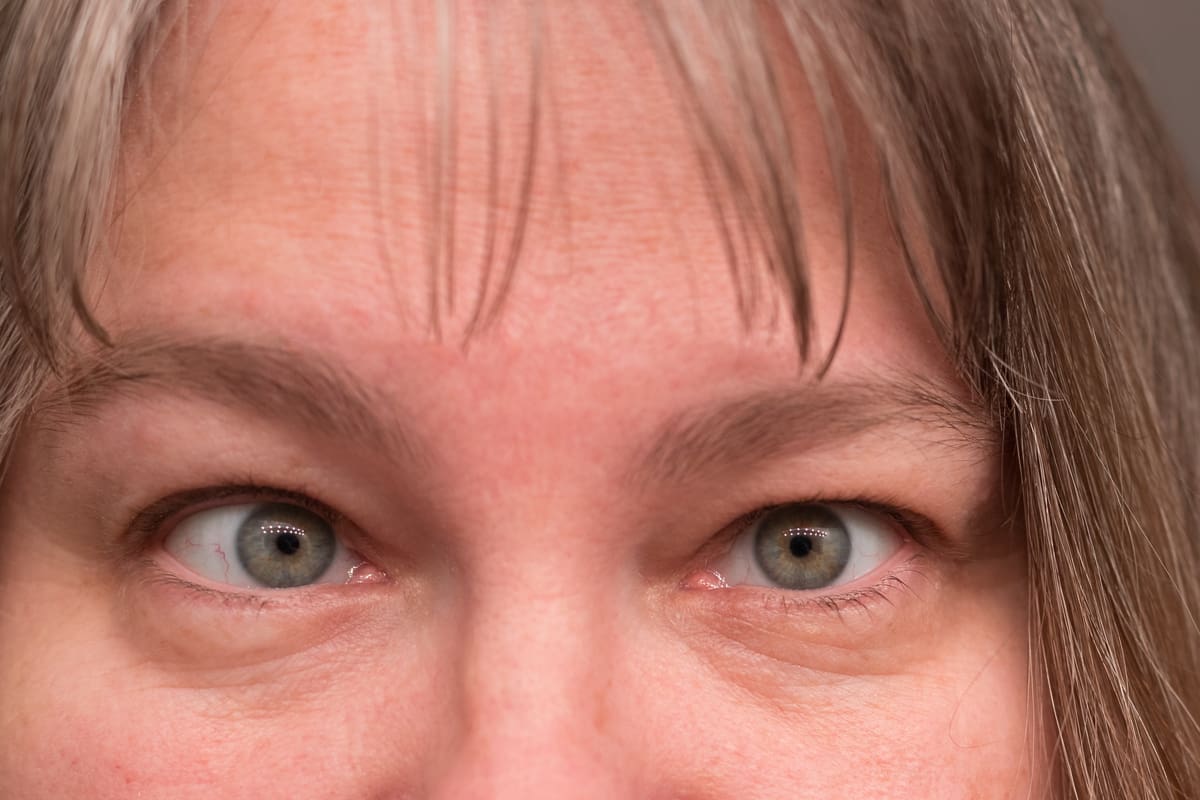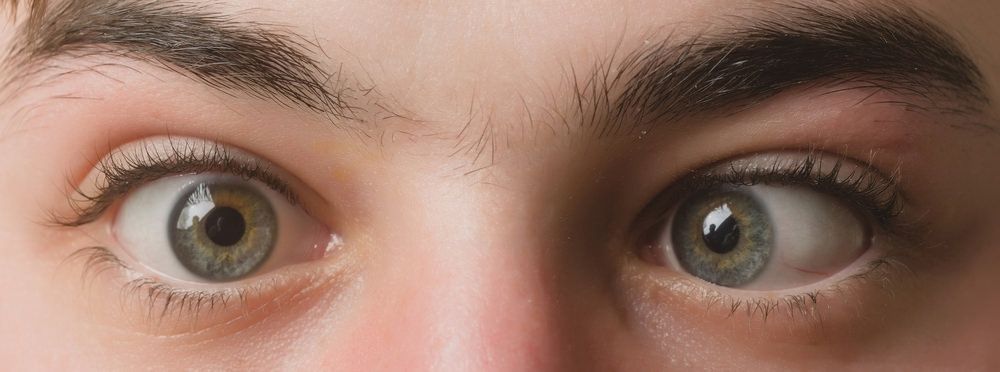Lazy Eye
Welcome to Bright Vision Care Hospital, where we are committed to your eye health and well-being. In this informative guide, we'll explore the condition known as "lazy eye" or Amblyopia. Our goal is to provide you with comprehensive information about lazy eye, including its symptoms, effective do's and don'ts for management, recommended exercises to improve eye coordination, and expert care to help you or your loved one overcome this condition and achieve optimal vision.
Lazy eye, or Amblyopia, is a common childhood eye condition that can impact visual development. Early diagnosis and appropriate intervention are crucial for successful treatment.

Symptoms
The primary symptom of lazy eye is reduced visual acuity in one eye, where it is weaker and less sharp than the other. This can affect activities that require clear vision, such as reading or recognizing faces.
Blurred or Double VisionIndividuals with lazy eye may experience blurred or double vision in the affected eye, making it challenging to focus on objects.
Poor Depth PerceptionAmblyopia can impact depth perception, affecting a person's ability to judge distances accurately. This can affect tasks like catching a ball or parking a car.
Eye Turn (Strabismus)Lazy eye is often associated with strabismus, a misalignment of the eyes. One eye may turn inward or outward, leading to visual impairment.
Difficulty with Fine Motor SkillsChildren with Amblyopia may have difficulty with tasks that require precise hand-eye coordination, such as threading a needle or tying shoelaces, due to reduced visual acuity.

Do's & Dont's
Do's
Early Detection and TreatmentSeek early diagnosis and treatment, especially in children. Early intervention offers the best chance for successful improvement.
Corrective EyewearIf prescribed, ensure that corrective eyewear, such as glasses or eye patches, are worn as directed by an eye specialist.
Regular Eye Check-upsSchedule regular eye examinations to monitor progress and adjust treatment plans as needed.
Supportive EnvironmentCreate an environment that encourages the use of the lazy eye. Engage in activities that require visual focus and coordination.
Patience and EncouragementFor parents and caregivers, be patient and provide positive reinforcement during treatment to motivate and support the child.
Dont's
Neglect TreatmentDo not delay or neglect treatment, as the condition may become more challenging to address with time.
Avoidance of EyewearAvoid ignoring or discontinuing the use of prescribed eyewear or patches, as they are crucial for improving vision.
Skip Eye ExamsRegular eye exams are essential for monitoring progress and making necessary adjustments to treatment plans. Do not skip appointments.
Limiting ActivitiesEncourage participation in various activities and avoid limiting a child's engagement due to their condition.
DiscouragementAvoid discouraging remarks or negative reinforcement that may affect a child's willingness to participate in treatment.
Exercises
While exercises alone may not treat lazy eye, they can complement other treatments. Here are five exercises to consider:
Eye patching is a common treatment. Cover the stronger eye with a patch for a specified period each day to encourage the lazy eye to work.
Focus on Near and FarPractice focusing on objects both near and far to improve visual coordination.
Follow the ObjectMove a small object, like a toy or pen, horizontally and vertically while encouraging the child to follow it with the lazy eye.
Eye GamesEngage in eye games that require tracking and coordination, such as "eye spy" or "find the hidden object."
Computer ProgramsSome computer programs and apps are designed to improve lazy eye by offering interactive exercises.

Summary
Lazy eye, or Amblyopia, is a condition that affects visual development, particularly in children. Early diagnosis, appropriate treatment, and a supportive environment are key to successful management. By following the recommended do's and don'ts, adhering to treatment plans, and incorporating eye exercises, you can take important steps toward improving vision and enhancing the quality of life for those affected by lazy eye.